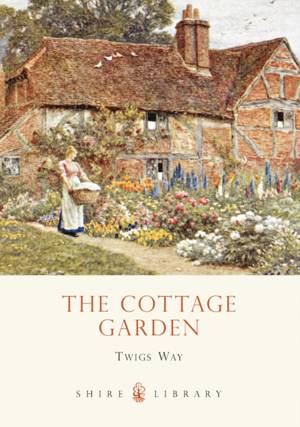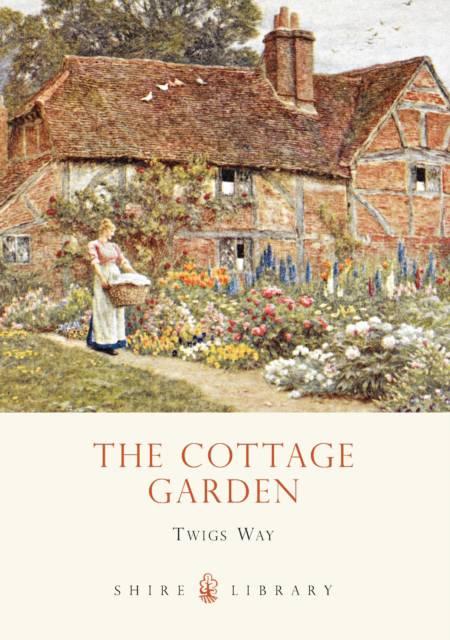
- Retrait gratuit dans votre magasin Club
- 7.000.000 titres dans notre catalogue
- Payer en toute sécurité
- Toujours un magasin près de chez vous
- Retrait gratuit dans votre magasin Club
- 7.000.0000 titres dans notre catalogue
- Payer en toute sécurité
- Toujours un magasin près de chez vous
Description
Hollyhocks and cabbages, roses and runner beans: the English cottage garden combines beauty and utility, pride and productivity. Gardens did not just appeal to the senses, however: they played a philosophical and moral role in society, and thus in our social history.
Spécifications
Parties prenantes
- Auteur(s) :
- Editeur:
Contenu
- Nombre de pages :
- 64
- Langue:
- Anglais
- Collection :
Caractéristiques
- EAN:
- 9780747808183
- Date de parution :
- 10-04-11
- Format:
- Livre broché
- Dimensions :
- 150 mm x 210 mm
- Poids :
- 168 g

Les avis
Nous publions uniquement les avis qui respectent les conditions requises. Consultez nos conditions pour les avis.






